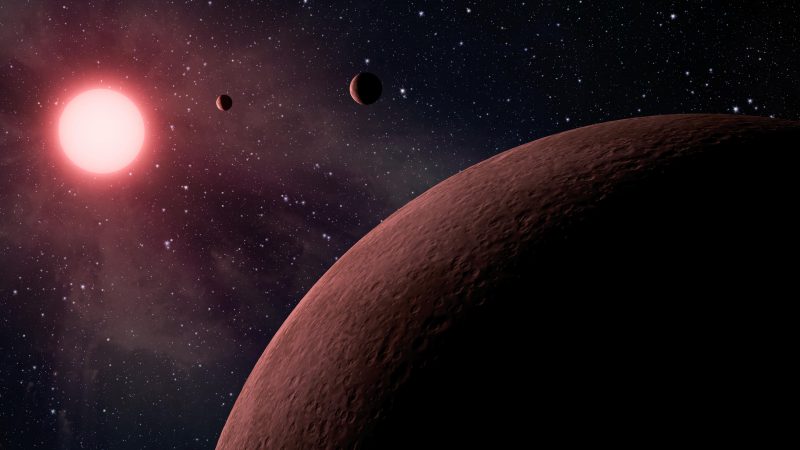On Monday (June 19, 2017) NASA’s Kepler space telescope team released a mission catalog that added 219 more candidates to the growing list of exoplanets – planets beyond our solar system. Ten of the planets are near-Earth size and orbit in their star’s habitable zone, which is the range of distance from a star where liquid water could pool on the surface of a rocky planet. Scientists consider liquid water to be a key ingredient for life.
With the release of this catalog, there are now 4,034 planet candidates identified by Kepler. Of these, 2,335 have been verified as exoplanets, and of roughly 50 near-Earth size habitable zone candidates detected by Kepler, more than 30 have been verified.

The Kepler space telescope hunts for planets by detecting the minuscule drop in a star’s brightness that occurs when a planet crosses in front of it, called a transit.
This is the eighth release of the Kepler candidate catalog, gathered by reprocessing the entire set of data from Kepler’s observations during the first four years of its primary mission. This is the final catalog from the spaceraft’s view of the patch of sky in the Cygnus constellation.
Another study used the Kepler data to make precise measurements of thousands of planets, revealing two distinct groups of small planets. The team found a clean division in the sizes of rocky, Earth-size planets and gaseous planets smaller than Neptune. Few planets were found between those groupings.
Benjamin Fulton is doctoral candidate at the University of Hawaii in Manoa, and lead author of the second study. Fulton said in a statement:
We like to think of this study as classifying planets in the same way that biologists identify new species of animals. Finding two distinct groups of exoplanets is like discovering mammals and lizards make up distinct branches of a family tree.
According to a NASA statement:
It seems that nature commonly makes rocky planets up to about 75 percent bigger than Earth. For reasons scientists don’t yet understand, about half of those planets take on a small amount of hydrogen and helium that dramatically swells their size, allowing them to “jump the gap” and join the population closer to Neptune’s size.
The Kepler spacecraft, launched in 2009, continues to make observations in new patches of sky in its extended mission, searching for planets and studying a variety of interesting astronomical objects.
Enjoying EarthSky so far? Sign up for our free daily newsletter today!
Bottom line: On June 19, 2017, NASA’s Kepler space mission team announced that astronomers have identified 219 new exoplanet candidates, 10 of which are near-Earth size and in the habitable zone of their star.











